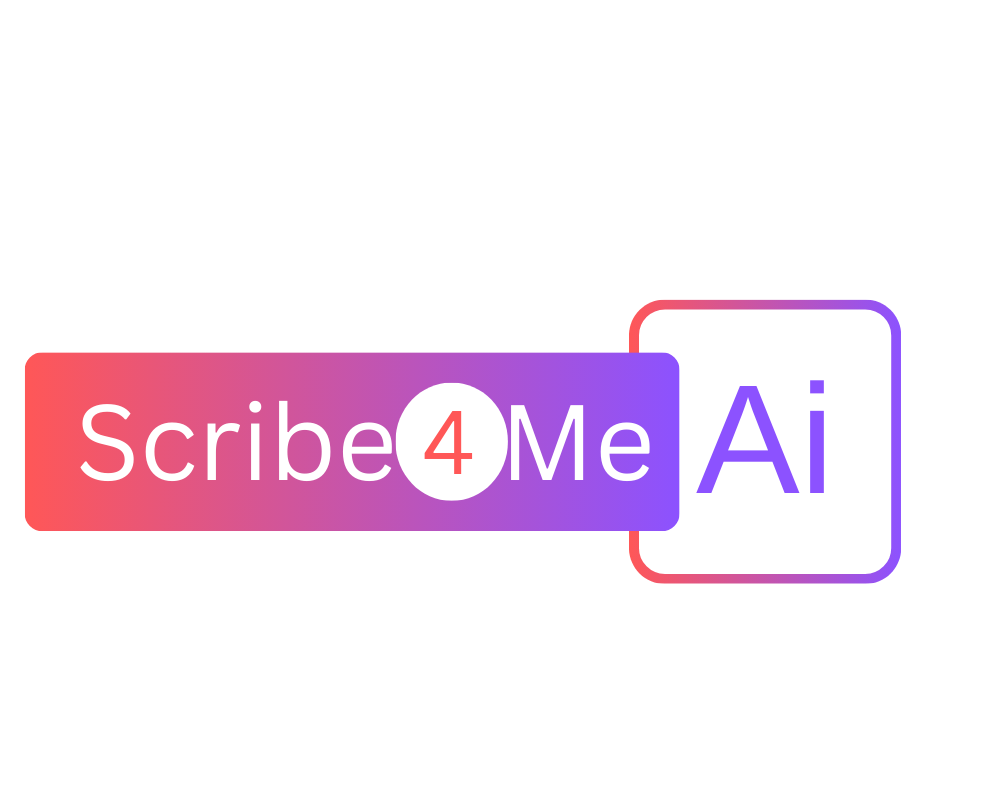

How To Overcome Charting Overload And Regain Balance?
Charting - it’s a task that most physicians dread and feel stressed about, no matter how experienced they are. Yes, charting is a universal challenge. For many physicians, the pressure of keeping up with documentation can take a serious toll on both their professional and personal lives. But there’s good news. Physicians don’t have to let charting drain their time and energy. By understanding the challenges and opting for some simple yet effective strategies, they can reclaim time and improve their work-life balance. In this blog post, we’ll explore how physicians can overcome charting overload and regain balance in their lives.
The Hidden Costs of Charting Overload
Charting isn’t just a time-consuming task - its effects ripple into multiple aspects of a physician’s life. Here are some of the most significant ways it impacts them.
Disrupted Work-Life Balance
Physicians often find themselves staying late at the clinic or bringing unfinished charts home. Instead of relaxing after a busy day, many spend hours finalizing notes. Over time, this constant work spillover erodes the boundary between professional and personal life, leading to frustration, burnout and a decline in overall well-being.
Neglected Self-Care
When charting takes up most of your time, self-care practices like exercise, mindfulness, and proper sleep often take a back seat. Without these rejuvenating habits, stress builds, and physical, mental, and emotional health deteriorates. Many physicians often sacrifice their health trying to keep up with documentation demands.
Strained Relationships
The after-hours demands of charting don’t just affect physicians—they also take a toll on their loved ones. Constantly being unavailable for family time or mentally preoccupied can lead to feelings of neglect and create emotional distance over time. This growing gap can strain relationships and increase personal stress.
Physician Burnout
The relentless cycle of patient care and documentation is a major contributor to burnout. Emotional exhaustion, detachment, and reduced effectiveness not only affect physician well-being but also their ability to provide high-quality patient care. Burnout can also get more personal and impact their personal lives and relationships.
The Root Causes of Charting Overload
To tackle the problem effectively, it’s crucial to understand the underlying issues
- The pressure to accommodate more patients in less time
- Struggling to keep up with notes during busy days
- Over-documenting due to fear of non-compliance or liability concerns
- Navigating EHRs that are clunky and less intuitive
- Feeling overwhelmed by the need to document accurately while managing a high patient volume
While some factors are beyond your control, such as patient volume, setting boundaries like addressing only one complaint per visit can provide some relief. Adding an AI scribe can also reduce the time spent on documentation, making charting less stressful and more manageable.
Physicians Are Not Trained For Charting
Medical school equips physicians to assess patients, diagnose conditions, and create treatment plans. While these are crucial skills, navigating EHRs, managing time, and staying compliant are left for physicians to figure out on their own, leaving many feeling ill-equipped. An AI scribe can fill this gap by managing documentation, enabling physicians to focus on patient care instead of getting overwhelmed by charting tasks.
No One-Size-Fits-All Solution
Every physician’s practice is unique, so a universal charting strategy doesn’t exist. While some thrive with templates, others prefer workflows that adapt to their practice. AI scribes or traditional scribes can be effective in reducing the time spent on documentation tasks. The key is to deciding the one that works best for you.
Practical Strategies to Lighten the Charting Load
Streamline EHR Workflow
To tackle charting overload, it’s important to take practical steps toward improving efficiency. Here are some strategies that have worked for many physicians. Learning to navigate the EHR efficiently can save a significant amount of time. Consider these tips for maximizing efficiency.
- Create customized templates for the most common complaints and conditions.
- Save frequently used phrases to quickly populate chart notes.
- Take advantage of training opportunities to explore advanced features and improve workflow.
Chart in Real Time
Documenting during or right after a patient’s visit helps prevent falling behind on notes and clears mental space for other tasks.
Delegate When Possible
Wherever possible, delegate documentation tasks to medical assistants, scribes, or AI scribes. This allows more focus on patient care and less on charting responsibilities.
Concluding Thoughts
Charting overload doesn’t have to take control of a physician’s life. By understanding the challenges and implementing these simple yet powerful strategies, physicians can regain control, reduce stress, and spend more time doing what they love—both at work and outside of it. Remember, finding the right approach takes time, so it is important to be patient while working to ease the charting burden. One effective solution to consider is using an AI scribe. This tool can significantly reduce documentation workload, allowing physicians to focus more on patient care and improve their work-life balance.
Looking to take control of your charting workload? Hire Scribe4Me AI today and let our intelligent scribe technology automate your documentation process, so you can focus on what truly matters—patient care. It’s time to get your time back, lower stress, and regain balance. Sign up today and get started with a free trial offer to see if we are the right fit for you!


